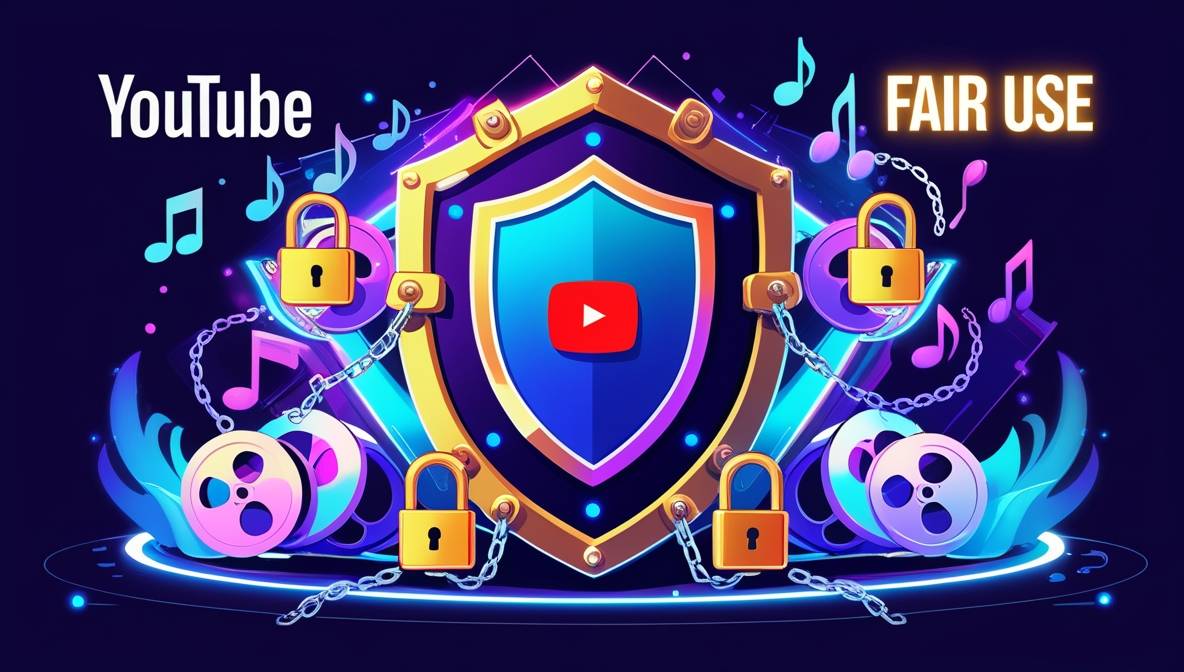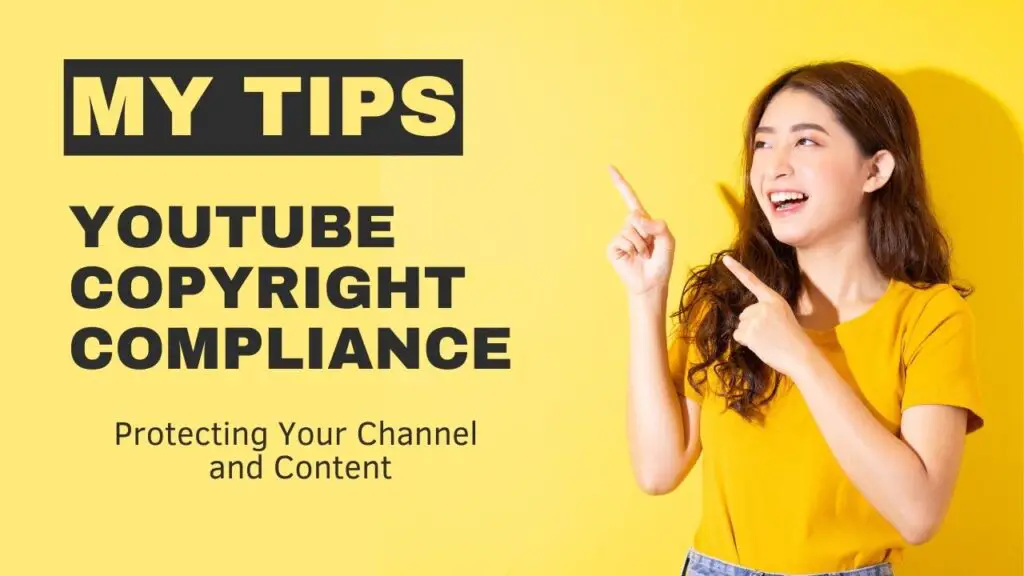YouTube Copyright Compliance isn’t just a legal requirement—it’s a survival skill for creators. Whether you’re a seasoned YouTuber or just starting, understanding these rules ensures your hard work isn’t erased overnight. Let’s break down how to navigate copyright laws, avoid penalties, and keep your channel thriving.
What Is YouTube Copyright Law?
Copyright law on YouTube grants creators exclusive rights to their original content, including videos, music, and artwork. When you upload a video, you automatically own its copyright, allowing you to control its distribution, reproduction, and public performance. However, YouTube’s Terms of Service require granting the platform limited rights to host and promote your content.
Why Compliance Matters
- Avoid Strikes: Three strikes can terminate your channel.
- Monetization Protection: Unresolved claims block ad revenue.
- Legal Safety: Infringement lawsuits carry financial penalties.
How Copyright Works on YouTube

Fair Use Explained
Fair use permits limited use of copyrighted material without permission—for purposes like commentary, criticism, or parody. Courts evaluate four factors:
| Factor | Description |
|---|---|
| Purpose | Educational, transformative, or commercial use |
| Nature | Factual vs. creative work |
| Amount | Percentage of original material used |
| Market Impact | Effect on the original’s profitability |
Example: Using a 10-second movie clip for a film review is likelier to qualify as fair use than uploading an entire song.
Copyright Strikes: A Step-by-Step Guide
- First Strike: Temporary restrictions (e.g., no live streaming).
- Second Strike: Extended penalties for 90 days.
- Third Strike: Channel termination.
Avoid Strikes By:
- Using royalty-free music (e.g., YouTube Audio Library).
- Licensing content via platforms like Epidemic Sound.
- Disputing invalid claims promptly.
YouTube’s Content ID System
YouTube’s automated Content ID system scans uploads against a database of registered copyrighted material. Rights holders can:
- Block Videos: Prevent unauthorized uploads.
- Monetize: Run ads on your video, redirecting revenue to them.
- Track Analytics: Monitor viewership data.
If your video is flagged, you’ll receive a claim (not a strike). Resolve disputes through YouTube Studio by providing proof of ownership or fair use.
Protecting Your Content
Copyright Registration
Though copyright is automatic upon creation, registration strengthens legal claims. In the U.S., register through the U.S. Copyright Office to enable lawsuits for statutory damages.
Proactive Strategies
- Create Original Content: Reduce reliance on third-party material.
- Use Public Domain Resources: Sites like Wikimedia Commons offer free images/videos.
- Credit Creators: Attribute properly, even for licensed content.
Handling Claims and Disputes
- Review the Claim: Check if it’s valid via YouTube Studio.
- Remove Content: Delete infringing segments if necessary.
- Submit a Counter-Notification: If fair use applies, provide evidence (e.g., timestamps, context).
For complex cases, consult an intellectual property attorney.
Essential Tools for Compliance
| Tool | Purpose |
|---|---|
| YouTube Audio Library | Royalty-free music/sound effects |
| Creative Commons Search | Find CC-licensed content |
| Content ID Match Tool | Check for existing claims pre-upload |
Case Study: Avoiding Pitfalls
A gaming channel used unlicensed background music, resulting in a claim. By replacing the track with Audio Library music and disputing the claim, they retained monetization. Lesson: Pre-verify all assets.
Final Tips for Long-Term Success
- Stay Updated: YouTube’s policies evolve; follow their Help Center.
- Educate Collaborators: Ensure editors and co-creators understand compliance.
- Leverage Internal Resources: Explore our guides on SEO optimization and promoting YouTube videos.
Boost your channel’s security and creativity by mastering YouTube Copyright Compliance. For more strategies on content growth, explore our SEO Tools and WordPress optimization guides.

